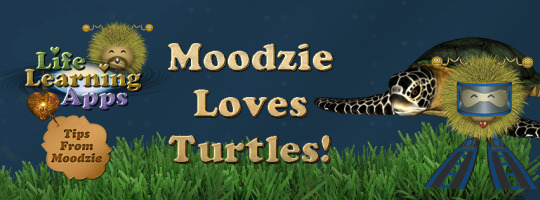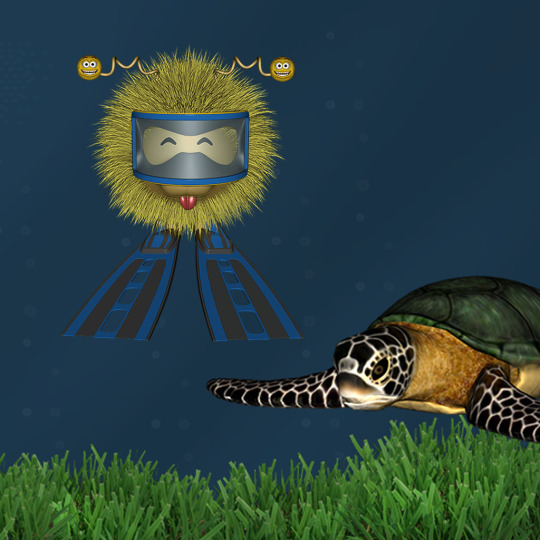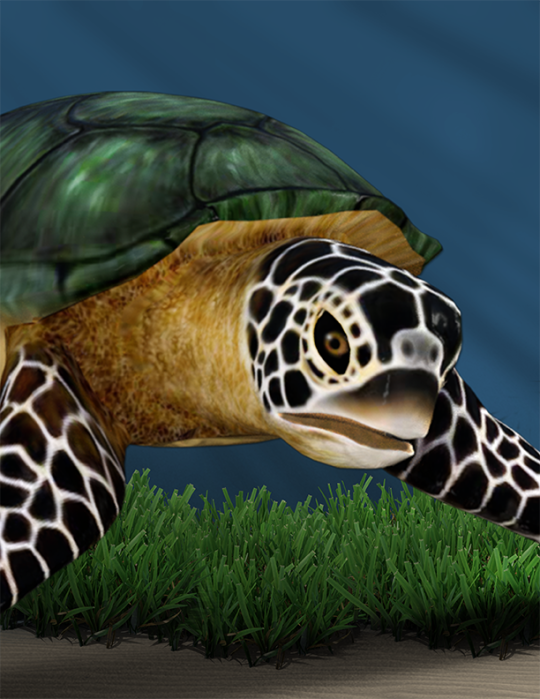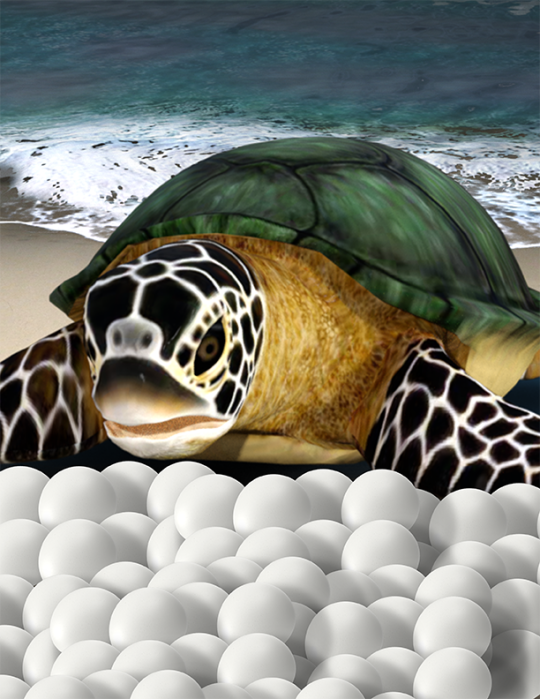#torresstraitislanderflag
Explore tagged Tumblr posts
Text
Moodzie Loves Turtles


Moodzie loves turtles, these magnificent creatures come in all shapes and sizes and live in a number of different environments. They all belong to a group of reptiles called Testudines, which includes turtles, tortoises, and terrapins. From giant, slow-moving land-dwelling tortoises and snappy terrapins basking in their fresh-water lagoons, to the graceful strokes of a sea turtle gliding through our oceans. Moodzie now will share some fun and interesting facts about turtles. Turtles belong to one of the oldest reptile groups in the world – beating snakes, crocodiles, and alligators! These creatures date back to the time of the dinosaurs, over 200 million years ago – Woah! Turtles are easily recognized by their bony, cartilaginous shell. This super-tough casing acts as a shield to protect them from predators – some turtles can even tuck their head up inside their shell for extra protection! Just like your bones, a turtle’s shell is actually part of its skeleton. It’s made up of over 50 bones which include the turtle’s rib cage and spine. Moodzie would also like to state that Contrary to popular belief, a turtle cannot come out of its shell. The turtle’s shell grows with them, so it’s impossible for them to grow too big for it! What a turtle eats depends on the environment it lives in. Land-dwelling turtles will munch on beetles, fruit and grass, whereas sea dwellers will gobble everything from algae to squid and jellyfish. Moodzie also believes it Is a fun fact that turtles are all unique, as some turtles are meat eaters purely, whereas others may be herbivores, and then some are like humans where they eat both meat and plant foods, which is unlike other animals for the most part. Turtles, also Moodzie would like to state are unique in the sense that they can reside both at land and inside water, most turtles prefer to mainly live on land, however many also do spend a good portion of their time within the water. Turtles also have a very long lifespan, in fact on average turtles live considerably longer than humans, as some turtles live up to near 200 years. Moodzie would, however, state that sadly, there a total of 300 types of turtles and nearly half of them at this point are in risk of being endangered whereas, many already are, simply because of the atmosphere and environment, and also the illegal pet trade that occurs. Moodzie just loves turtles. Below is some awesome information about turtles and why they are endangered. Together we can make a difference!
Physical Features
Green sea turtles are cold-blooded reptiles that get their own heat from the environment by basking in the sun. Adults can weigh over 500 pounds or 226 kilos, and can live up to fifty years of age. Their thick skin has scales and they have a bony outer shell that covers their dorsal (back) and ventral (belly) surfaces. Unlike land turtles, green sea turtles are unable to retract their heads. Behind each eye, the green sea turtle has a salt gland that allows them to shed tears of excess salt.
Special Abilities
Green sea turtles are incredibly adapted to their life in the ocean. With their flippers, they are graceful swimmers with the capacity to swim for long distances in short periods of time. Every few minutes, the turtles will rise to the surface to breathe, while swimming actively. Even though the green sea turtles breathe air, they can swim underwater for more than two hours without breathing, when sleeping or resting. As a result of being able to store oxygen in their muscles and blood, they use the oxygen more efficiently, and can gain higher concentrations of carbon dioxide in their blood. However, juvenile green sea turtles will sleep afloat on the water’s surface, until they develop this ability.
Diet
Green sea turtles get their color from their body fat, which is green from the algae and sea grass that they eat. On the other hand, juvenile green sea turtles tend to eat jellyfish and other invertebrates. They are often found on rocky shorelines and coral reefs, where sea grass is plentiful. Fish tend to feed off the algae, which grow on the turtles’ backs. Often, green sea turtles can migrate for over 800 miles or 128 kilometers in the search for food and to mate.
Reproduction
A female green sea turtle does not mate every year, but when she does, she comes to shore to make a nest in the sand to lay eggs. She will carve out a bottle-shaped burrow with her flippers, before she lays between 100 and 200 leathery-skinned eggs. She will then cover the nest with sand to protect it from predators, and maintain the moisture and warmth. Once her parenting job is complete, she returns to the sea and leaves her young to hatch by themselves in a couple of months and to fend for themselves.


Impacts
Hunting
In some traditional cultures, turtles are hunted for their meat. Whereas in other cultures, turtles have been hunted for their shells to make jewellery and other ornaments. Their skin has been used to make leather goods. Turtle eggs and meat are also eaten and their fat used to make oil. Laws in many countries do not allow the hunting of turtles for commercial profit, however illegal poaching is still a concern. Turtle hunting is still allowed in some traditional cultures, but there is a continued risk to the survival of the species.
Marine Debris
Ingestion and entanglement can impact turtles in the wild. Damage can occur when turtles eat plastic bags and other rubbish. With a full belly, turtles can starve to death as they feel they are full. Swallowing rubbish can also lead to various digestion problems. In addition, entanglement can be a problem for turtles. If turtles get caught in lines, nets, ropes or plastic, it can restrict their movement. This can result in starvation,infection, amputation and drowning. Oil spills are also another cause for concern with sea turtles as oil and tar can be ingested. We believe that all people should stop creating rubbish, littering and toxic silt as this can end up in the ocean and waterways. All people can create less rubbish by using recyclable bags. Nontoxic products can be used in the home to prevent dangerous chemicals ending up in the ocean and waterways. We encourage you to tell your friends or family about the dangers to turtles from chemicals, littering and rubbish.
Fisheries
Many turtles have been entangled in commercial fishing nets. There are devices available that fishermen can use to keep turtles out of the nets.
Coastal Denigration and Development
Pollution and denigration of the environment can destroy the sea grass on which the turtles feed. As the coastal areas are developed, turtles may not have a familiar place to lay their eggs. Lights, noise and beach obstructions can threaten the turtles’ survival as they may not nest at all.
Predators and Other Animals
Tiger sharks can be predators of the green sea turtles by directly attacking them, causing injury or death. .embed-container { position: relative; padding-bottom:56.25%; height:0; overflow: hidden; max-width: 100%; } .embed-container iframe, .embed-container object, .embed-container embed { position: absolute; top: 0; left: 0; width: 100%; height: 100%;}

Wildlife Warriors and the Australia Zoo Wildlife Hospital - Global Conservation Australia Zoo Wildlife Warriors was established in 2002 by Steve and Terri Irwin as a way to include and involve other caring people to support the protection of injured, threatened or endangered wildlife. National Oceanic and Atmospheric Administration U.S. Department of Commerce Wildlife & Environmental Conservation Organisation - WWF When you give generously today, you become a vital part of WWF-Australia's important conservation work. Your donation will be supporting WWF's work to protect our most precious threatened species and places. The challenges are huge, but with your support and our scientific know-how, the possibility of a better future becomes more achievable every day. Department of the Environment and Energy Green turtle Marine turtles have lived in the oceans for over 100 million years. They are an integral part of the traditional culture of many coastal indigenous peoples throughout the world. Marine turtles migrate long distances between their feeding grounds and nesting sites.

(adsbygoogle = window.adsbygoogle || ).push({}); Read the full article
#LatestTips#aboriginalandtorresstraitislanderhealthservices#aboriginalandtorresstraitislandersocialandemotionalwellbeing#differencebetweenaboriginalandtorresstraitislanderculture#flightstotorresstraitislands#GreenSeaTurtle#GreenSeaTurtles#howmanytorresstraitislandsarethere#howtosayhellointorresstraitislander#issuesaffectingaboriginalandtorresstraitislanders#NOAA#reportsofthecambridgeanthropologicalexpeditiontotorresstraits#tipsforturtles#torresstrait#torresstraitcreolephrases#torresstraitholidaypackage#torresstraitislanderart#torresstraitislandercultureandhistory#torresstraitislandercustomstraditions#torresstraitislanderflag#torresstraitislanderlanguagetranslator#torresstraitislandermap#torresstraitislanders#torresstraitislandersreligion#torresstraitislandsflag#torresstraitpilotage#torresstraitwords#turtles#westwingtorresstrait#whenwasthetorresstraitislanderflagfirstflown
0 notes
Text
Moodzie Loves Turtles
Read the full article
#LatestTips#aboriginalandtorresstraitislanderhealthservices#aboriginalandtorresstraitislandersocialandemotionalwellbeing#differencebetweenaboriginalandtorresstraitislanderculture#flightstotorresstraitislands#GreenSeaTurtle#GreenSeaTurtles#howmanytorresstraitislandsarethere#howtosayhellointorresstraitislander#issuesaffectingaboriginalandtorresstraitislanders#NOAA#reportsofthecambridgeanthropologicalexpeditiontotorresstraits#tipsforturtles#torresstrait#torresstraitcreolephrases#torresstraitholidaypackage#torresstraitislanderart#torresstraitislandercultureandhistory#torresstraitislandercustomstraditions#torresstraitislanderflag#torresstraitislanderlanguagetranslator#torresstraitislandermap#torresstraitislanders#torresstraitislandersreligion#torresstraitislandsflag#torresstraitpilotage#torresstraitwords#turtles#westwingtorresstrait#whenwasthetorresstraitislanderflagfirstflown
0 notes